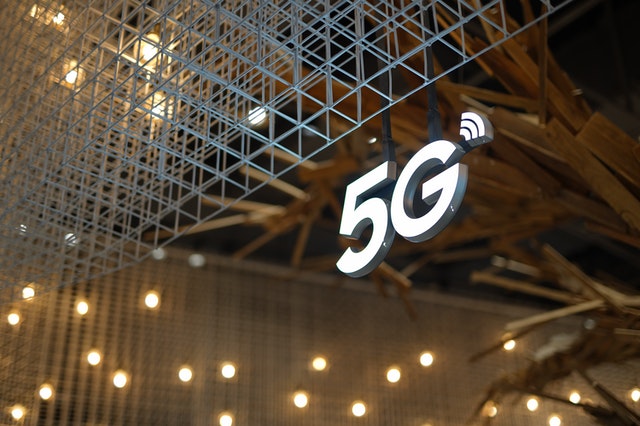What is the ‘Digital India’ program:
- ‘Digital India’ was launched in July 2015 by the Government of India. This is started with the aim to achieve three interconnected goals. They are
- Availability of high-speed internet to each and every citizen.
- To make all government services accessible to the common man through E-governance.
- Digital empowerment of citizens.
Achievements:
- Mobile internet played an excellent role in achieving the vision of digital India. India became the second-largest market of smartphones in the world. No. of internet users increased to over 900 million in 2022, making India the second largest online market in the world, behind China.
- The Indian government is promoting content in local languages on the internet.
- India improved its rank in the ‘United Nations eGovernance Index’ rank to 100th in the UN’s E-Government Survey 2020.
- The number of e-transactions per day has increased quite a lot.
- ‘DigiLocker‘, launched in 2015 enables citizens to securely store and share documents electronically and has more than 10 crore registered users as of 2022.
- All central ministers are present on social media and are utilizing social media to receive complaints and feedback from citizens.
- ‘Bharat Interface for Money (BHIM)’ app, a simple UPI-based mobile app for digital payments was launched in December 2016. In the financial year 2021, there were over 22 billion UPI transactions worth about 41 trillion Indian rupees across India. ‘BHIM Aadhar’ was started for digital payments at merchant outlets. With this, payers need not have a mobile phone to make digital payments.
- Digital payments training and awareness campaigns are being conducted.
- ‘UMANG’ app was launched to drive mobile governance in India.
- ‘Pradhan Mantri Gramin Digital Saksharta Abhiyan ‘(PMGDISHA)’ was started with the aim of making 6 crore persons digitally literate. 4 crore people were trained under this scheme as of 2021.
- Efforts were taken by the government of India to make government apps available in regional languages as well.
- The Indian government has installed free public wifi hotspots in many public places.
- eNAM was set up to connect agriculture produce markets. Approximately, 1 crore 73 lakh farmers registered for this as of 2022.
- Direct benefit transfers’ ambit is increasing. As of September 2022, over 90 lakh DBT payments are processed daily to send money to eligible beneficiaries.
- 1.81 lakh Gram Panchayats were connected by an optical fibre network as of May 2022. The actual goal is to connect 2.5 lakh Gram Panchayats to the optical fibre network.
- ‘National Knowledge Network‘, a revolutionary towards creating a knowledge society without boundaries connected 1745 institutions as of 2022.
- ‘National Cyber Coordination Center‘ is operating since June 2017. It ensures cyber security and is the backbone of the vision of Digital India.
- 5G services will be launched in India by 12 October. The government successfully concluded the 5G spectrum auction on 1 August 2022 and is planning to spend Rs 26,000 crore to set up 25,000 telecom towers for 5G in just 500 days.
Loopholes:
- Despite making effort to improve e-governance, India has slipped 4 places to rank 100th in the UN’s E-Government Survey 2020. In 2018, India’s rank was 96. That means there is so much to be done to be at par with the best.
- Still, there is a digital divide between rural and urban areas, between poor and rich, and between young and old people. The government of India is yet to close this gap.
- All these developments in digital connectivity are a result of global trends. Increased internet penetration is due to competition among telecom companies and the internet pack offers they provided. All this success cannot be attributed to the ‘Digital India’ program alone.
- E-governance was started long before the launch of ‘Digital India’.
- Still, some people in India have no basic education. Digital literacy is difficult to achieve without primary education.
- Still, there are many remote rural areas in India that do not have access to electricity, and some other rural areas have limited access. This is an obstacle for ‘Digital India’.
Conclusion:
India has come a long way in digitalization and has a long way to go to achieve the vision of Digital India. We can clearly see the difference in the number of internet users and improved e-governance. But there is still digital illiteracy in many parts of India. ‘Digital India’ will be a success when its benefits are available to each and every citizen of India.
Your Turn…
What is your opinion on the Digital India program? Express your thoughts in the comment section below. Subscribe to our blog to get new topics delivered to your mail.
Source of data – www.digitalindia.gov.in
Copyright @ Group Discussion Ideas.






